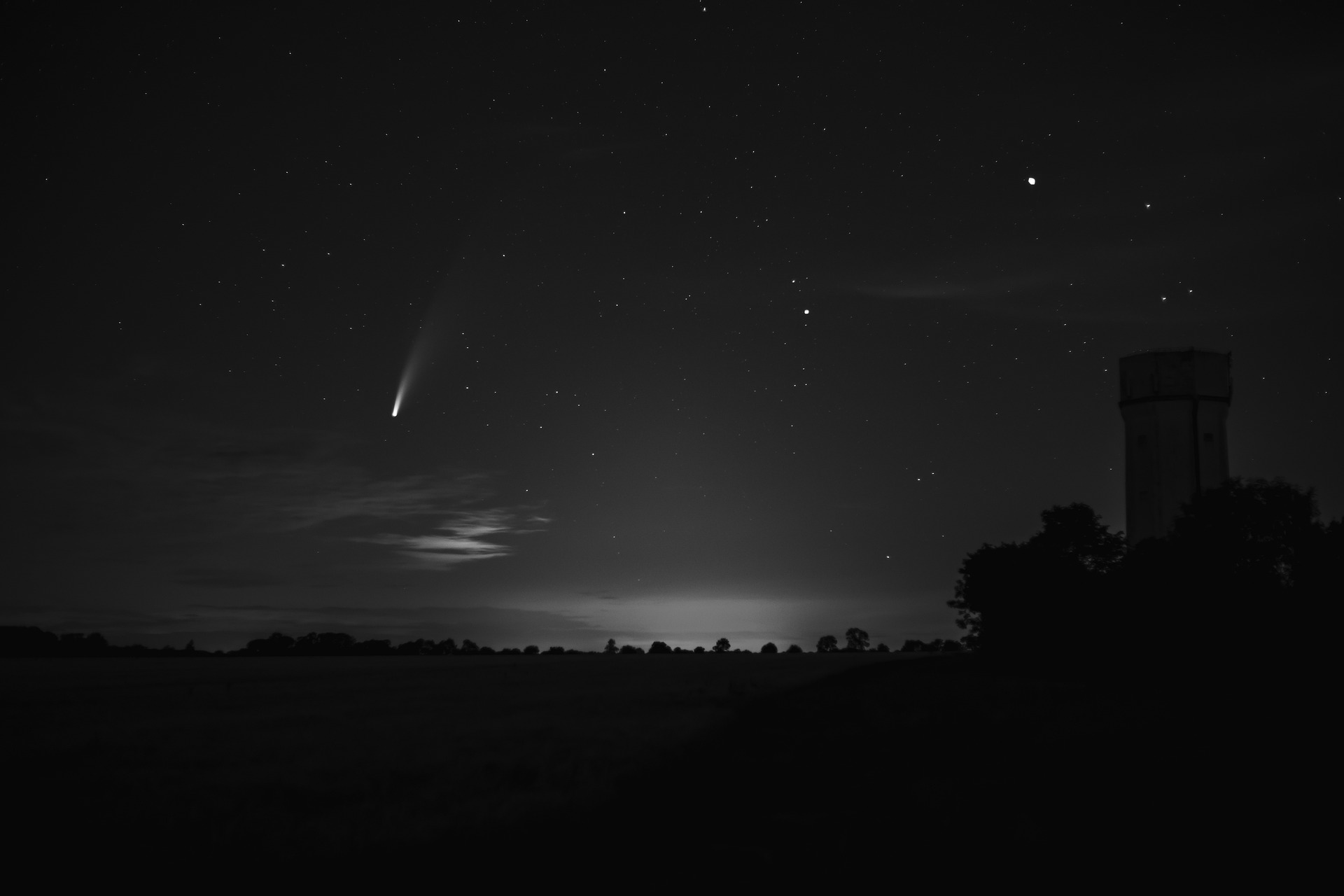Even a layperson can get a good look at comet C/2022 E3 (ZTF) in a few days. It reached its closest point to the sun on Thursday at a distance of 166 million kilometres and will pass Earth on February 1 at 42 million kilometres. Experts recommend keeping an eye out for the tail star for about two weeks starting around January 16. Binoculars will help; in very dark conditions, they may even be visible to the naked eye.
Comet C/2022 E3 (ZTF) was discovered on March 2, 2022, at the Zwicky Transient Facility (ZTF) at Palomar Observatory in California, USA. So far, its evolution has adhered to brightness predictions; images taken with telescopes on the Internet show a bright greenish coma of the comet, a short, broad dust tail, and a long faint ion tail.
The celestial body is expected to reach its maximum brightness in late January. “Currently, its brightness is evolving better than predicted, which looks very good,” Alexander Pikhard of the Vienna Working Group for Astronomy (WAA) told APA.
To avoid disturbing moonlight and due to the predicted brightness development, the expert recommends observing in the days before the new moon (January 21) until about the crescent moon (January 28). “In the evening it is still quite low in the north, but shows up high in the sky from north to northeast from about midnight,” Pikhard said. When searching, it helps to orient yourself to the “Little Dipper” constellation with Polaris.
However, expectations should not be set too high: C/2022 E3 (ZTF) is certainly not comparable to comet “Neowise,” for example, which was visible in the summer of 2020, the expert emphasized.
The orbit of C/2022 E3 (ZTF) is inclined by more than 90 degrees to the ecliptic. According to current calculations, it is a long-period comet. However, on its way through the solar system, the celestial body is likely to be deflected by the gravity of the large planets, so statements about its different orbits cannot yet be made.
Comets are considered as remainders of the emergence of our solar system before approximately 4.6 billion years. They consist of a mixture of ice, dust and rock and are often compared with dirty snowballs. The ice contains frozen water, carbon dioxide (“dry ice”), methane and ammonia. Many comets move through the solar system on strongly elliptical orbits: they emerge from the solar system’s outskirts and come very close to the sun, thawing and forming the often spectacular tail.
This post has already been read 4095 times!



